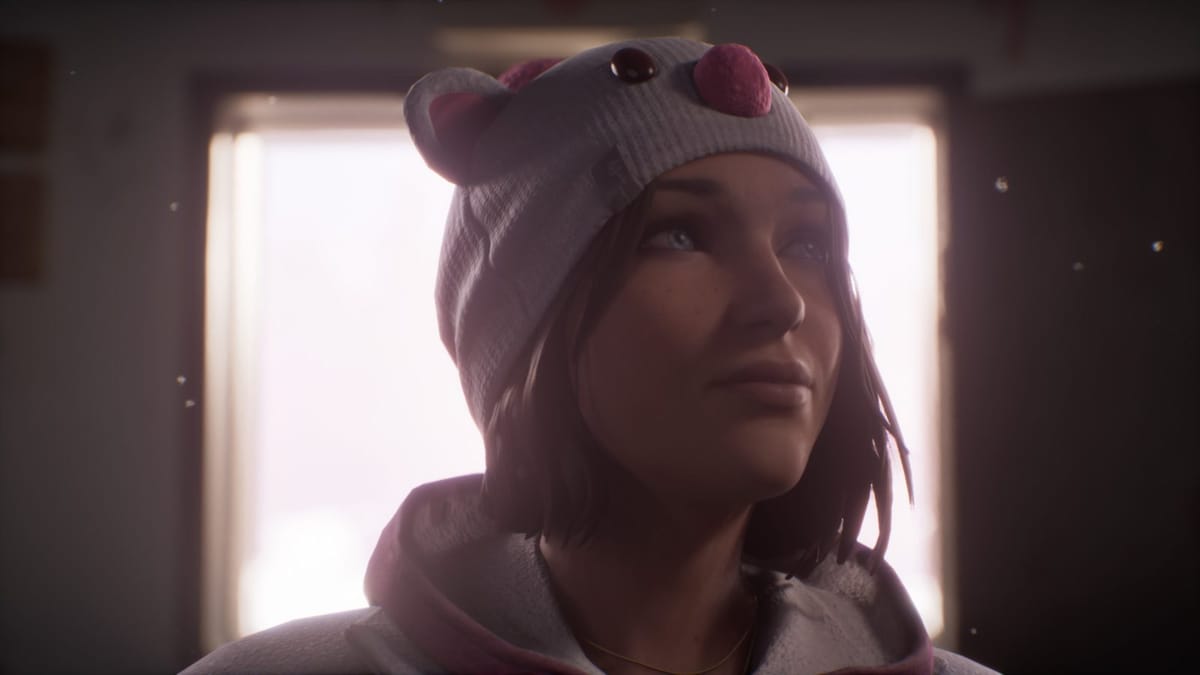
Why should Life Is Strange: Double Exposure exist? This was the line of skepticism I was unable to shake off when starting the latest entry in this almost decade old franchise. Outside of a prequel to the first game, each title in this series has featured standalone stories starring different leads. Thus, when Double Exposure was announced at Xbox Games Showcase earlier this year, I was surprised and apprehensive seeing Max Claufield back in the saddle as protagonist. Moreover, despite being a direct sequel, this continuation of Max’s story is developed by Deck Nine (Life Is Strange: Before the Storm, Life Is Strange: True Colors) instead of the first game’s developer Don’t Nod, on top of having different writers. How would the story handle and respect the two polarizing endings of the first game? How would the supernatural elements synonymous with the series be integrated with Max without backtracking on the closure of her arc? And how would the events prior be kept meaningful while also telling its own standalone story? After getting hands on with the first two chapters of Life Is Strange: Double Exposure, I am happy to say that I had a blast with what I played, and am genuinely excited to see where Max’s story goes. While it remains to be seen if Life Is Strange: Double Exposure can stick the landing, at the very least these first two chapters left me optimistic of what’s to come.
Let’s start with the elephant in the room, how is the return of Max both justified and executed? Despite being a murder mystery, ample time is given to play catch up with where the grown up photographer is in this junction of her life. Set years after the first game, Max is currently teaching photography as the resident artist at the prestigious Caledon University, a setting that provides an opportunity to show how she has grown. Plenty of awards and accolades demonstrating Max’s achievements can be found inside, and in locations near campus.
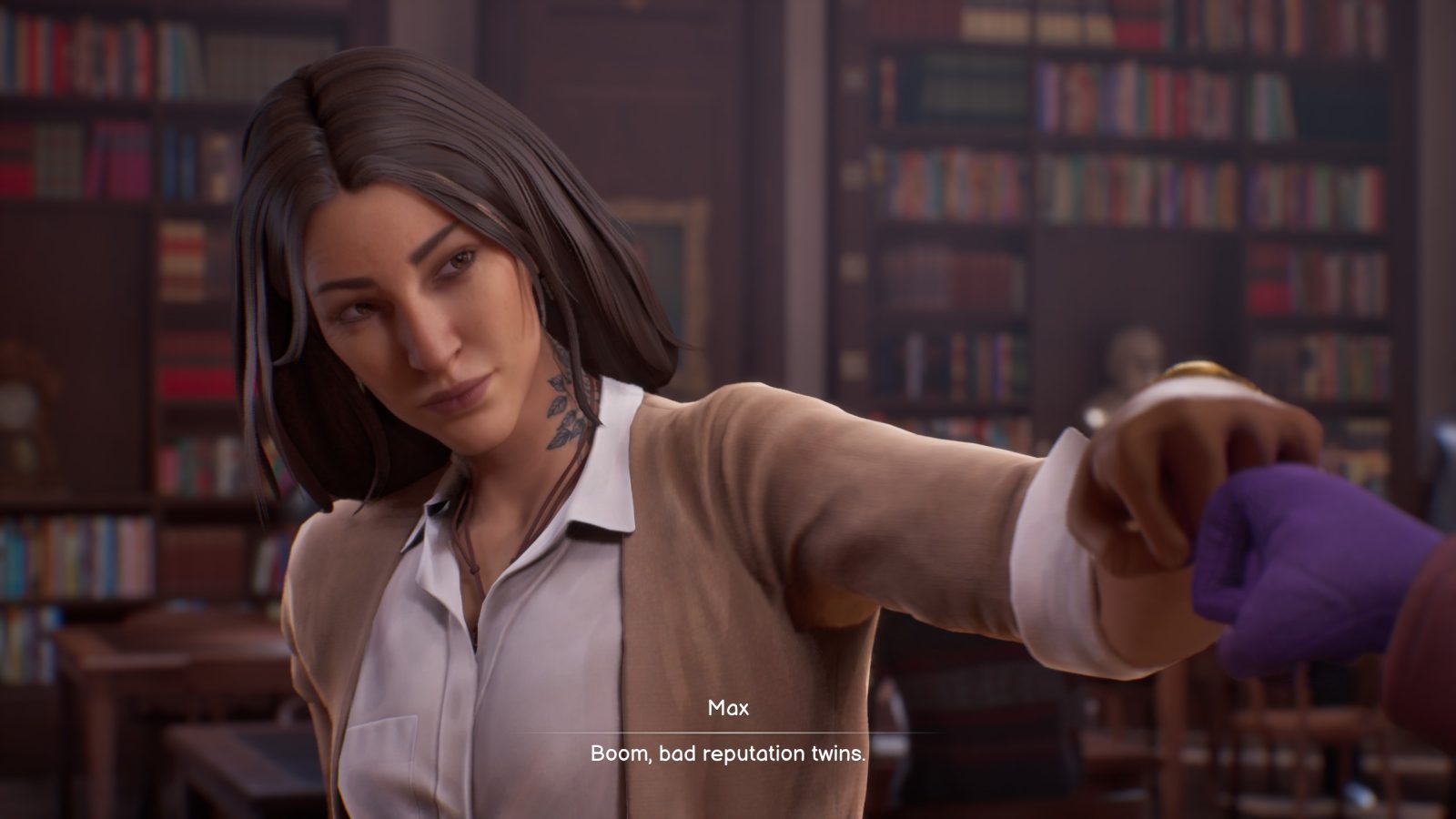
Most importantly, it gives a glimpse at where the original lead is emotionally after the events of Arcadia Bay. Max still possesses her goofy, awkwardness present in her teenage years, complete with cracking adoringly lame jokes and observations, but her path to adulthood has made her more confident in expressing who she is. Caledon University is a fresh start to display this new her to others.
Yet there is still emotional baggage festering beneath the surface after the polarizing endings of the first entry. In an interview with Game Rant, narrative director Jonathan Stauder states how “…no matter which ending you got, Max has this trauma she has to process. What flavor of trauma it is is specific to which choice players make…”. This is how “…the story respects the choices that you made in the first game…” as writer Aysha Farah put it. Based solely on the first two chapters, I believe Deck Nine has pulled off their lofty narrative goals.
As shown in Double Exposure’s reveal livestream, there is a choice early on that dictates what ending the player chose at the end of the first Life Is Strange, and that choice will dictate the contents of Max’s text messages, and the notes in her journal, all of which is updated through the course of the game and can be brought up at any time in the press of a button.
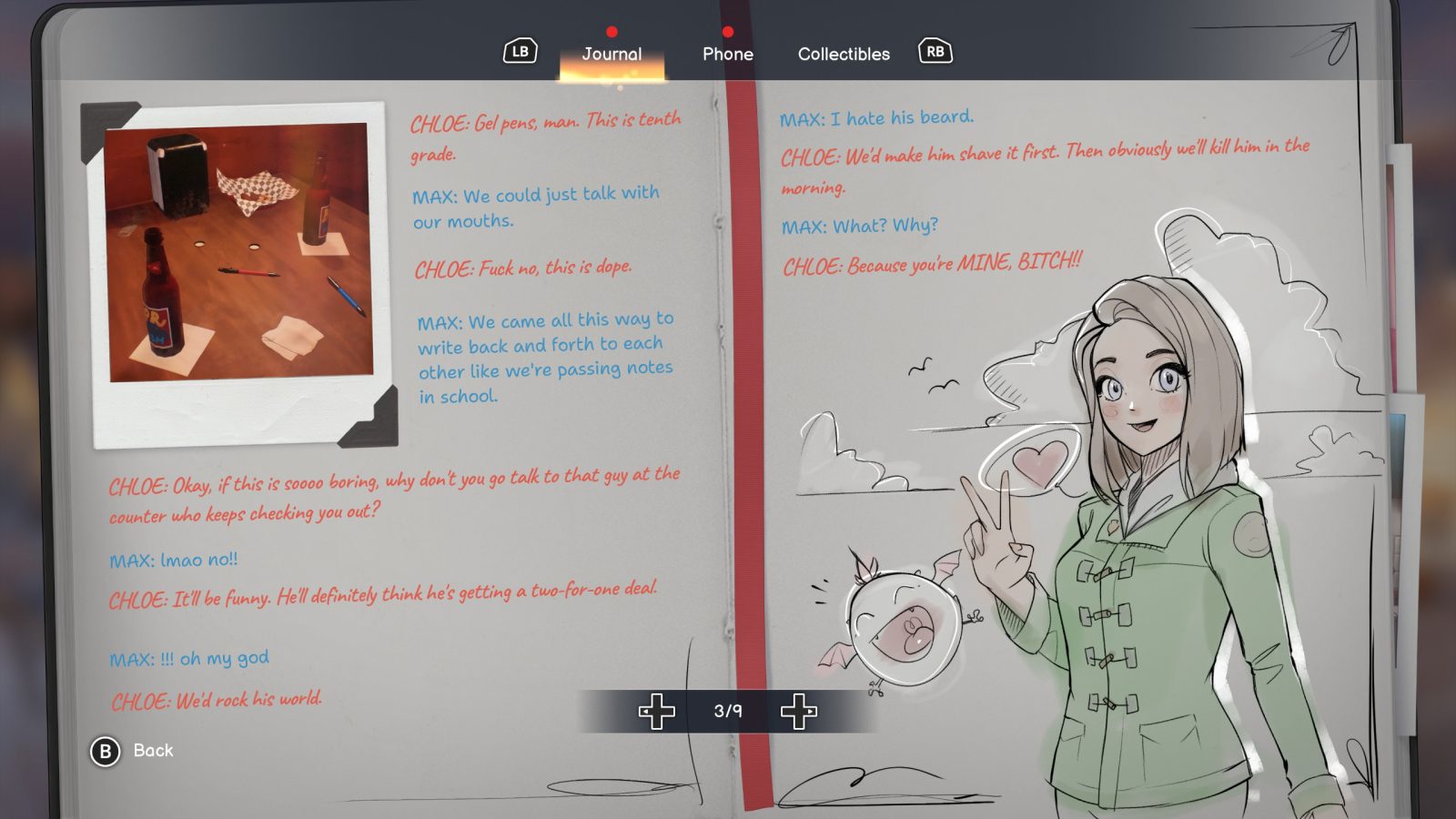
Outside of flavor text, the narrative gets by on coalescing two distinctive endings by identifying the common emotional turmoil spawned no matter what choice she made. Guilt. The logistics of how that guilt is presented differs, but it is a smart way to consolidate Max’s trauma of what came before to springboard how she behaves currently. She is cagey about bringing up her past, wanting to be fully immersed in her future. But at the same time, mildly estranged by her own volition because of the events that haunt her. The term acquaintance gets brought up by her multiple times when discussing some of her peers, showing how difficult it is for her to willingly build connections with others. The exception is Safi, a friend Max met at Caledon who goes out of her way to be supportive of Max, pushing the hesitant girl to open up. This makes it all the more tragic with the murder of Safi, reopening the old wounds Max tried to move on from.
Unfortunately, this inciting incident does bring up an aspect of Max’s return that I am lukewarm on. The framing of why Max is again utilizing supernatural powers feels a bit contrived. Some of it has to do with the distinction between her powers from the entry to Double Exposure, rewinding time versus Shifting between timelines respectively. While I can see the general thought process behind the justification, it feels too heavily reliant on clinging to semantics for my liking. That being said, I was willing to let it slide as the portrayal of Max’s guilt overall had me impressed at how Deck Nine has integrated Max as a lead in Life Is Strange again, which was sufficient enough for me to look past weak justification of her powers, though mileage will vary. It plays into the themes of Max clinging to the past while trying to live for the future, by entrenching her back into a status quo with Safi alive rather than actually coming to terms with her death.
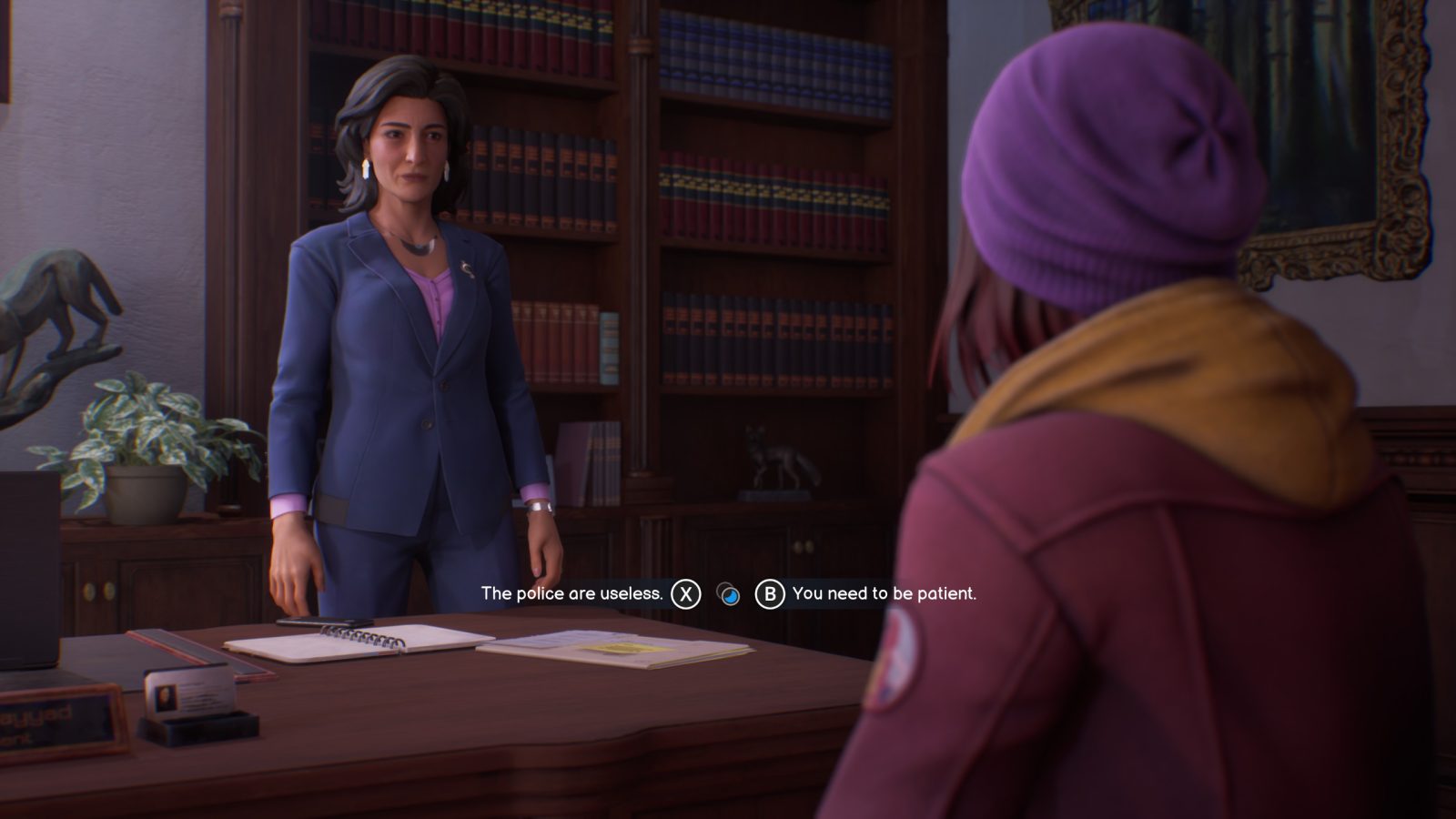
Continuing the narrative angle, I can’t deny how cool these powers are in elevating the intrigue within the murder mystery storyline. Akin to other adventure games, the gameplay loop consists of exploring small environments to interact with other characters and objects of interest. Unlike the first game, Max no longer has the power to rewind time to redo events and dialogue exchanges. Instead, she has the Shift ability, allowing her to swap between the timeline where Safi was murdered and the timeline where Safi is still alive. This provides opportunities to gain more information and clues by comparing and contrasting events and characters from both timelines. The framework reminds me of another multi-timeline murder mystery game, AI: The Somnium Files, which is a plus in my book.
The greatest strength this premise provides is getting to see the multiple facets of each character. How they go about their daily lives unaware of the presence of a killer, in contrast to them being on edge thanks to the death of a fellow student. Each member of the central cast is given an efficient introduction going over their core personality, and the social perceptions they have with the other characters.

Furthermore, every character has hidden secrets and agendas they keep close to their chest, getting a glimpse into their personal struggles, the two timelines offer different ways to see characters respond based on experiencing the inciting incident or not. In one timeline, a character may have a poor relationship with their child, while in the other they’re as close as peas in a pod. It’s interesting to see how one person’s presence or absence can trigger a ripple effect of changes as otherwise, at least starting out, that’s the only difference between timelines. While it’s too early to definitely parse which clues character details tie into the mystery, or are red herrings, I am excited that Double Exposure is taking a character driven angle from the get go.
All of this is propped up by fantastic performances by the actors. The voice acting is a massive step up from the often stilted deliveries from the first game, and the usage of motion capture by the actors themselves creates a stronger link between the visual and vocal work. The biggest improvement however, is the facial animation. The first Life Is Strange had facial animations that looked robotic, blank stares with mouths moving up and down in an unnatural way. Here, the animations look fantastic, capturing even the most subtle expressions without ever feeling uncanny.
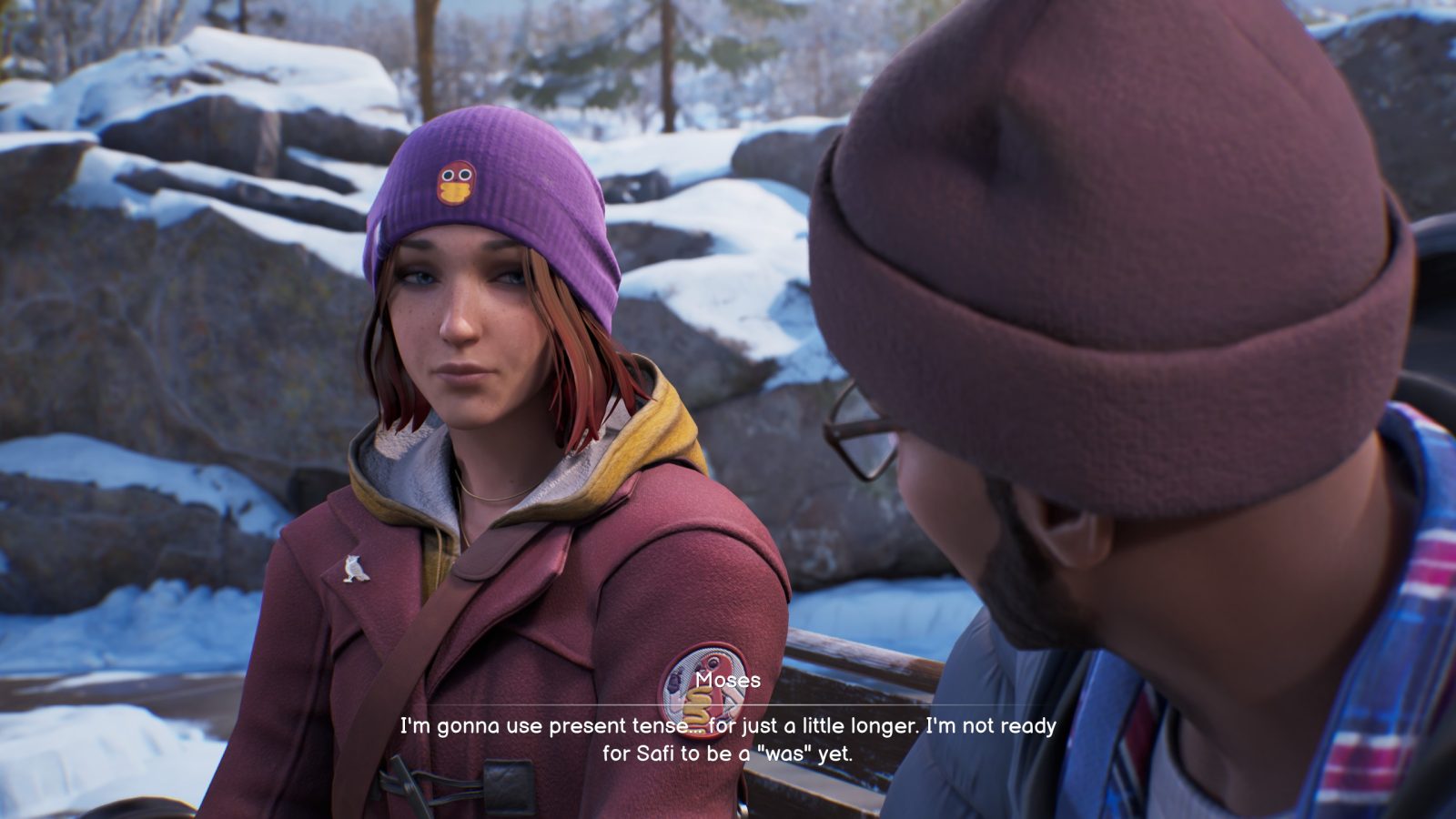
The strong character acting and writing is further heightened by Life Is Strange’s staple dialogue options, where different interactions affect Max’s relationships with others in both minor and major ways. Because she is unable to rewind time, Max is locked in to which choice the player has her make. Similar to the character writing, how impactful these choices will be can only be gauged when reflecting back on the bigger picture. But as it stands, I found each choice to be tense, with each option provided never feeling out of character for Max. These initial dilemmas hammer the point how Max is filled with good intentions, but is unable to please everyone.
Hopping between timelines also is where the primary method of how puzzles are handled in this game, the most elaborate being the scenario showed off at PAX West where Max has to sneak into the office of her engineering friend, Moses, in order to retrieve evidence in the case, all while avoiding detection from a detective at the scene. This section requires Max to hop to the timeline where Safi is living to probe Moses for clues without the watchful eye of the detective, then Shifting back to apply the knowledge gained to progress. Returning from the first game is the ability for Max to keep objects she is holding whenever she uses her powers, which rewards paying attention to the multiple interactable objects in the environment, and deducing which objects can be used to complete each objective. In this section, avoiding detection from the detective requires planting a motion activated Christmas ornament to lure him to one side of the office, as Max maneuvers the office undetected by moving in the other timeline.
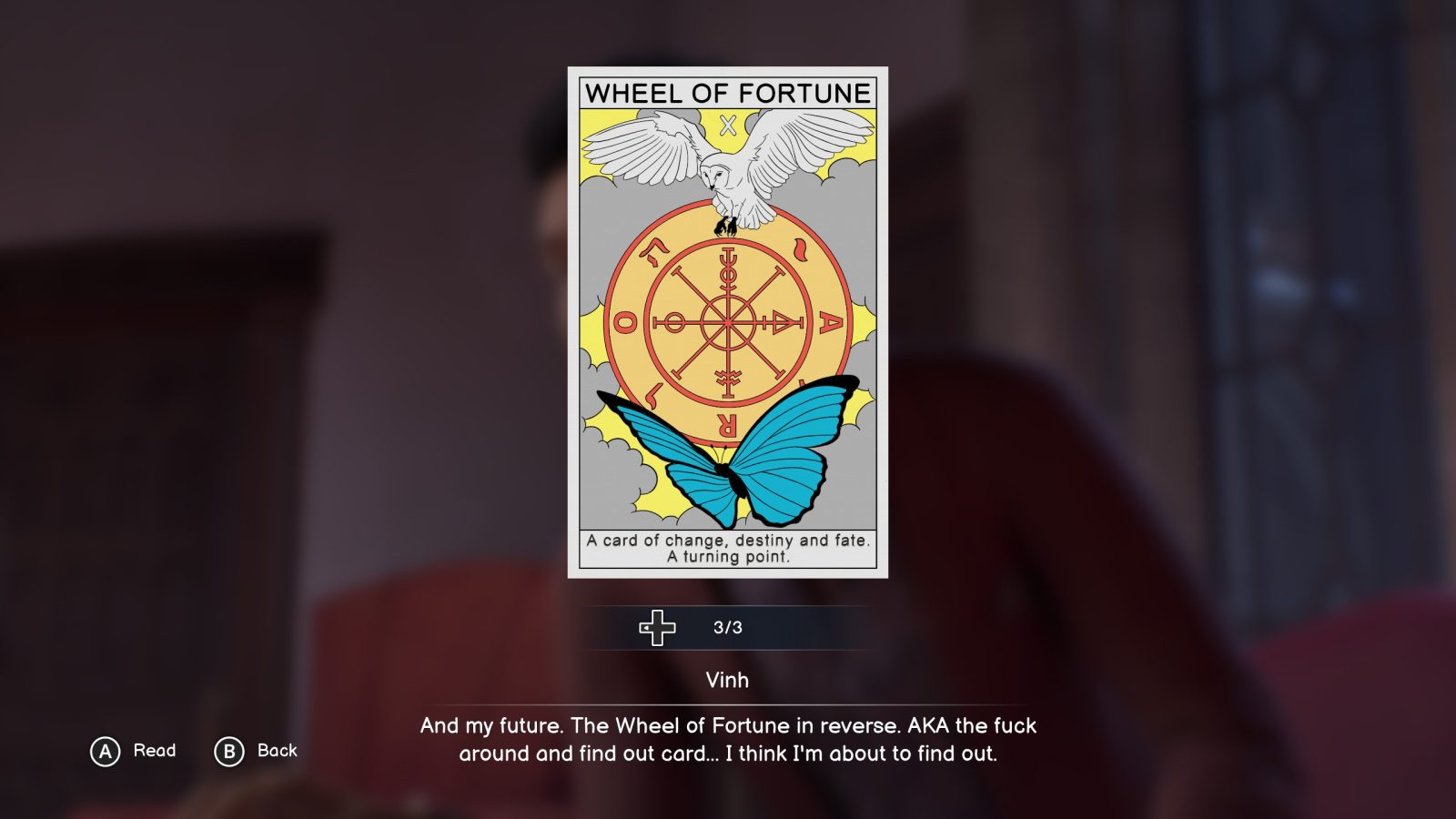
This does raise concerns on how flexible or limiting the solutions to these puzzles will be, a familiar trapping for these types of adventure games. One section in particular tasks Max to find a marker, yet when I had her move to markers that were clearly visible in the environment they were not deemed as interactable. There was only one interactable marker for this specific objective, despite being in a school filled with them. At least knowing the general gist of what to do in a given scenario is clear, thanks to Max occasionally giving hints on what to do (the frequency of which can be toggled in the options menu), and a journal that gives a list of various objectives Max needs to accomplish. It made for a streamlined experience despite that one hiccup.
As for other issues, there are only two others that sprung out to me during my time with the game. Another one of Max’s abilities is Pulse, allowing her to see a preview of the actions being performed concurrently with the timeline she is currently in. It’s a functional feature overall, but I often forgot that it was a feature I could take advantage of. Often I would just Shift if I wanted to check out if there were any clues I missed between timelines.
The biggest gripe I have though is an issue with the audio of the Shift mechanic. When in the vicinity of a Shift spot, a ringing noise will play in the background and increase in volume the closer Max walks towards one. While it is nice to have clear indication of where these spots are, the small locals mixed with the abundance of Shift spots means hearing this ringing constantly. At best, it’s faint but mildly annoying. At worst, it is grating constantly hearing a piercing sound. What makes this even more bizarre is the lack of accessibility options to disable this ringing.
Double Exposure has a plethora of neat quality of life and accessibility toggles to streamline both the gameplay and narrative experience. These include removing time limits on making dialogue choices, reducing the intensity of the Shifting VFX, content warnings notifying players of when selected subject matter is brought up, to even being able to skip whole gameplay sections if players become stuck. Despite not using most of these features outside of removing the timer for dialogue options, I am glad these options are here for players to select if they need it. Which makes it all the more puzzling why there isn’t an option to remove the noise that accompany shift spots, considering how one of the accessibility options is playing a directional noise that guides the player to an interactable object. I hope this is something that will be addressed in the full game.
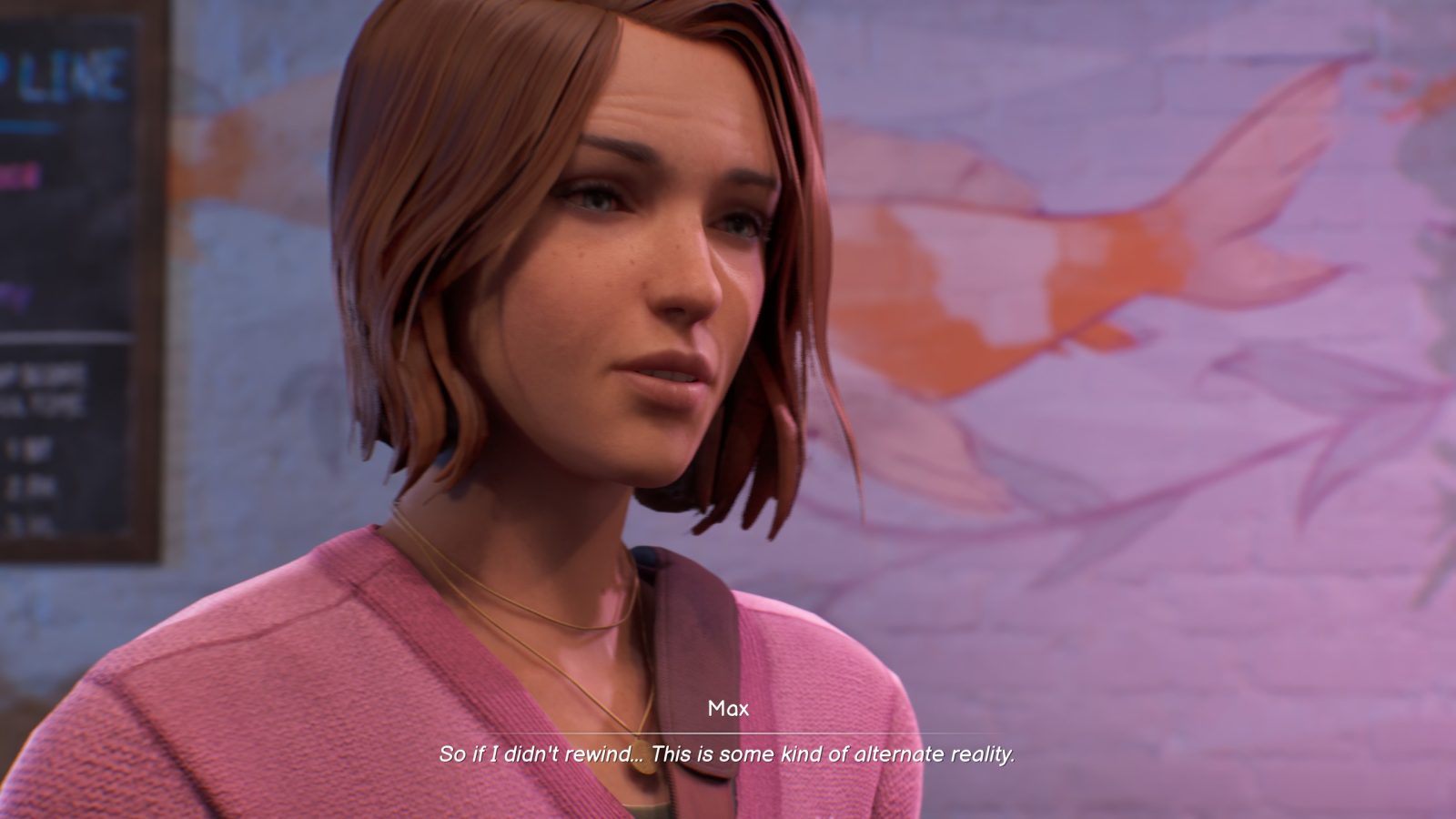
Despite loving what I played thus far of Life Is Strange: Double Exposure, it is important to reiterate that this is covering just the first two chapters of the game. While I am confident the core gameplay loop will remain largely the same through the playtime, these narrative adventure games hinge on, well, their narrative. There are still plenty of secrets to uncover in this next chapter of Max Caulfield’s life, plenty of setups and payoffs in this bizarre murder mystery yet to be seen. But as it stands right now, I am thoroughly impressed with what the first two chapters had to offer. And for my initial skepticism to transform into genuine excitement, I am optimistic and thrilled to see where this story goes next.
